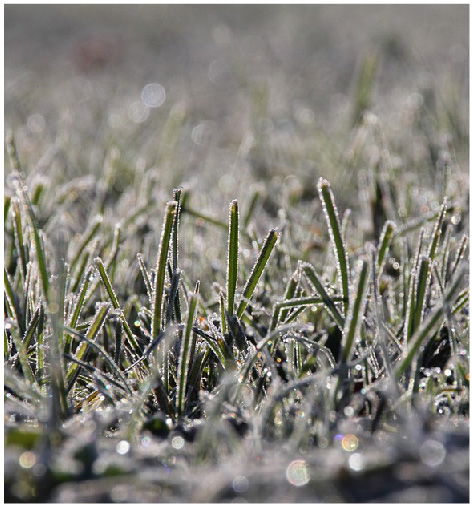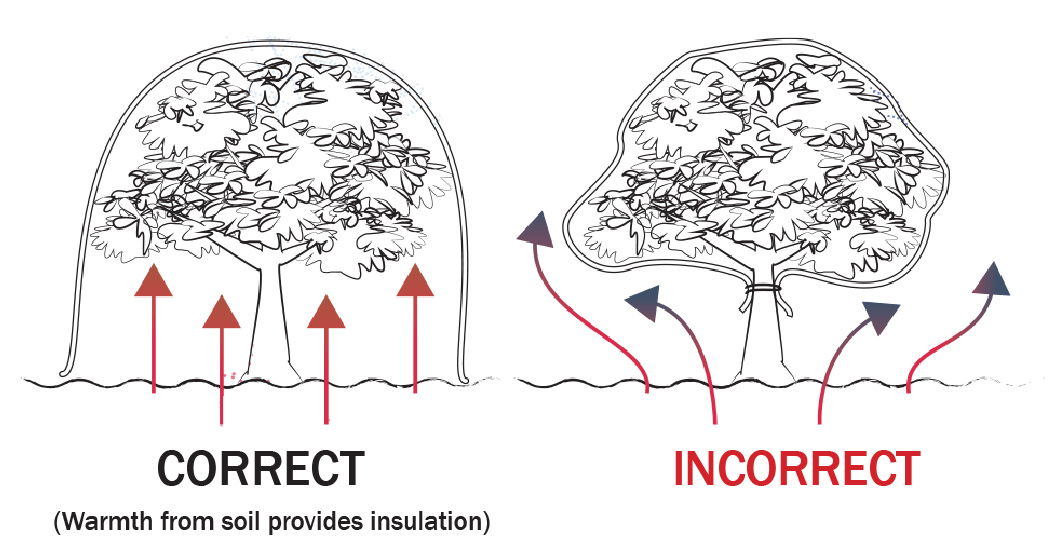
Winterizing Your Yard
Winterizing Your Yard
IRRIGATION SYSTEMS
- Turn off irrigation controller.
- Turn off water supply valve.
- Turn on/open sprinkler control valves.
- Inspect valves and wiring, making repairs as necessary.
- Protect valves and exposed wiring with pipe wrap or valve covers.
DRAINAGE SYSTEMS
- Clean gutters and down spouts.
- Clean debris away from down spouts, making sure water is diverted away from house.
- Flush underground systems with a garden hose.
- Inspect and clean debris from around and inside of drain inlets.
- Make sure drain exits are not blocked.

FOUNTAINS, STATUARY AND GARDEN PUMPS
- Empty fountains of water before hard freeze to avoid cracking.
- Soft-fired clay pots and some statuary should be moved to a protected area.
- Empty water from pot saucers.
- Remove leaves and debris from garden ponds.
- Trim and place hardy water plants in deepest part of pond.
- Trim bog and marsh plants such as papyrus, taro and cattails before it frosts. Trim them to about 4" tall and place in deep end of the pond.
- Discard sensitive floating plants like water hyacinth and water lettuce.
ABOUT FROST
Frost occurs on clear calm nights when temperatures drop into the low 30s and below. During the day the sun warms the ground and if the night is overcast the heat from the ground is held in by the clouds. If there are no clouds to hold in the heat, all the heat disperses into the atmosphere.
Frost can have a very damaging impact on plants. The faster the temperature drops, the lower the temperature drops, and the longer the cold lasts, the more damage to the plants. Water expands when it freezes, and when water inside a plant cell freezes, it can expand and bust the cell wall, causing death. The effects of the frost are noticed as the plant thaws. Signs of frost damage and/or death are limp leaves and branches, and black tips on leaves and branches.

FROST PROTECTION
- Water plants before periods of freezing weather. Succulents are an exception to this rule—they require drier soil.
- Spray frost-sensitive plants with Bonide® Wilt Stop to protect them by slowing plant transpiration.
- Drape frost cloth over stakes to prevent freeze damage on sensitive trees and shrubs, and staple to the ground.
- Stringing C7 or C9 Christmas lights on sensitive trees and shrubs to create heat is a great way to protect them from frost.
PLANTINGS
- Clean up leaves and debris from around trees and shrubs—they harbor insects and disease.
- Remove/pull weeds and apply a pre-emergent to prevent a big weed problem next spring.
- Apply gypsum to lawns to improve water penetration.
- Apply 0/10/10 and Sul Po Mag to azaleas, camellias, rhododendrons, and citrus to increase disease resistance and protect next spring’s flowers. (Photinias and cherry laurels love this too!)
- Inspect and replace tree stakes and ties as necessary.
- Apply Bonide® Tree and Shrub, or soil drench with Spinosad to control borers around ash, birch, pine and other sensitive trees.
- Lightly cultivate around vegetables after heavy rains to get oxygen to their roots.
- Weed mat and mulch will insulate the soil so winter vegetables stay warm and continue to grow.
- Begin dormant spray program around Thanksgiving.
- Inspect deciduous trees and shrubs removing dead or broken branches.
